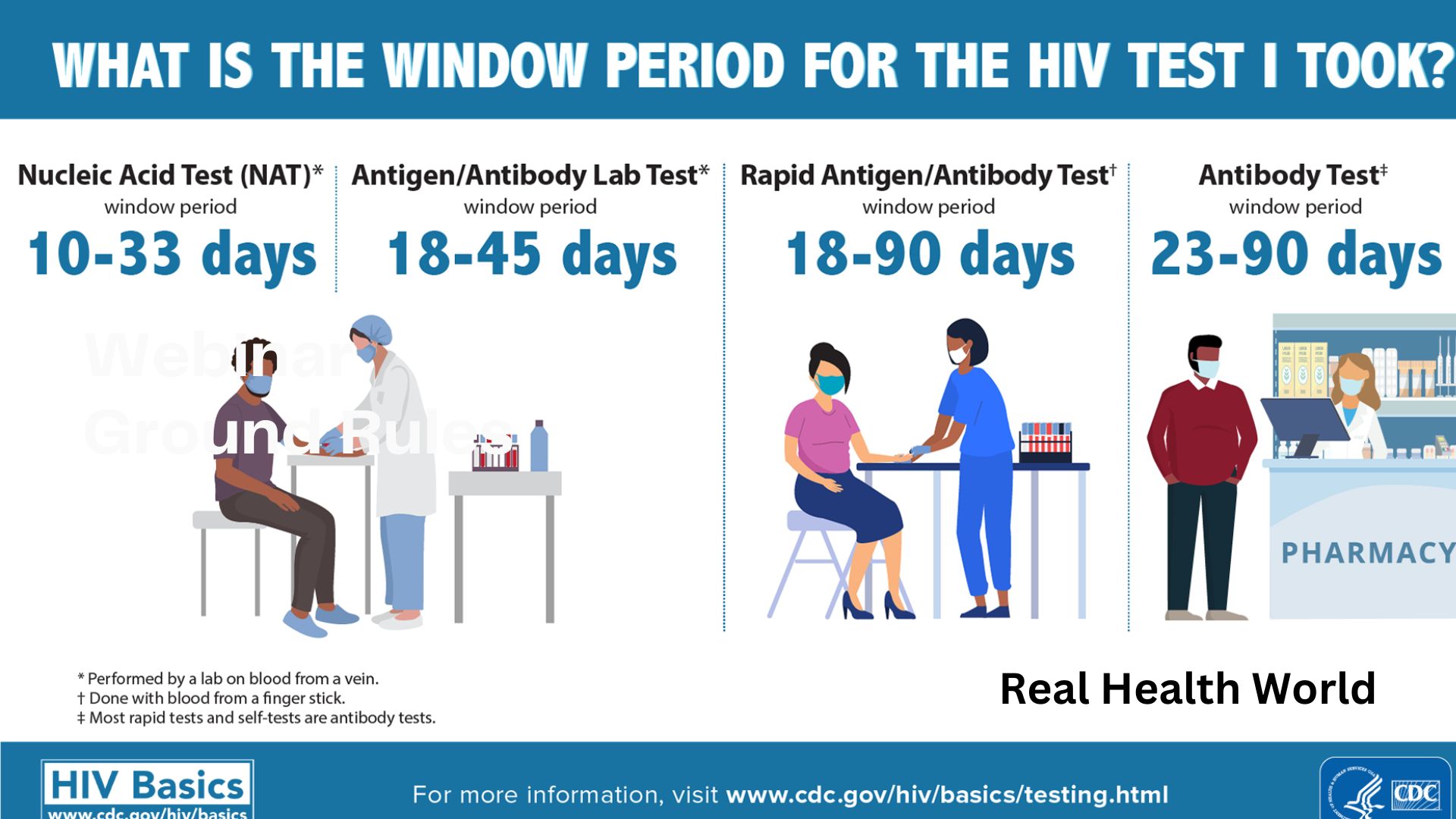professor Dr. Shankar Narayan Das: Dhaka ‘s LabAid Specialized Hospital medicine expert and senior consultant
Q: How many days after exposure to the HIV virus and what type of test will the test report be accurate? Can you consider yourself 100% safe if the test report is negative after six weeks of unprotected sex?
Solution: Usually some initial symptoms appear within two to three months of HIV infection. Symptoms may vary from person to person. And if the Western blot test is done six months after the infection, the test report will be correct. You are talking about the exam after six weeks. After six weeks, a positive report can be obtained in 90 percent of cases. If you want to feel 100% safe, you should check after six months.
What is the HIV window period?
The window period for HIV testing refers to the time between exposure to HIV and when a test can detect HIV in your body. The window period depends on the type of HIV test.
What is the window period for the HIV test I took?
- Antibody tests can usually detect HIV 23 to 90 days after exposure. Most rapid tests and self-tests are antibody tests.
- A rapid antigen/antibody test done with blood from a finger stick can usually detect HIV 18 to 90 days after exposure.
- An antigen/antibody lab test using blood from a vein can usually detect HIV 18 to 45 days after exposure.
- A nucleic acid test (NAT) can usually detect HIV 10 to 33 days after exposure.
If you get an HIV test after a potential HIV exposure and the result is negative, get tested again after the window period for the test you took. Learn more about what a negative test result means.
